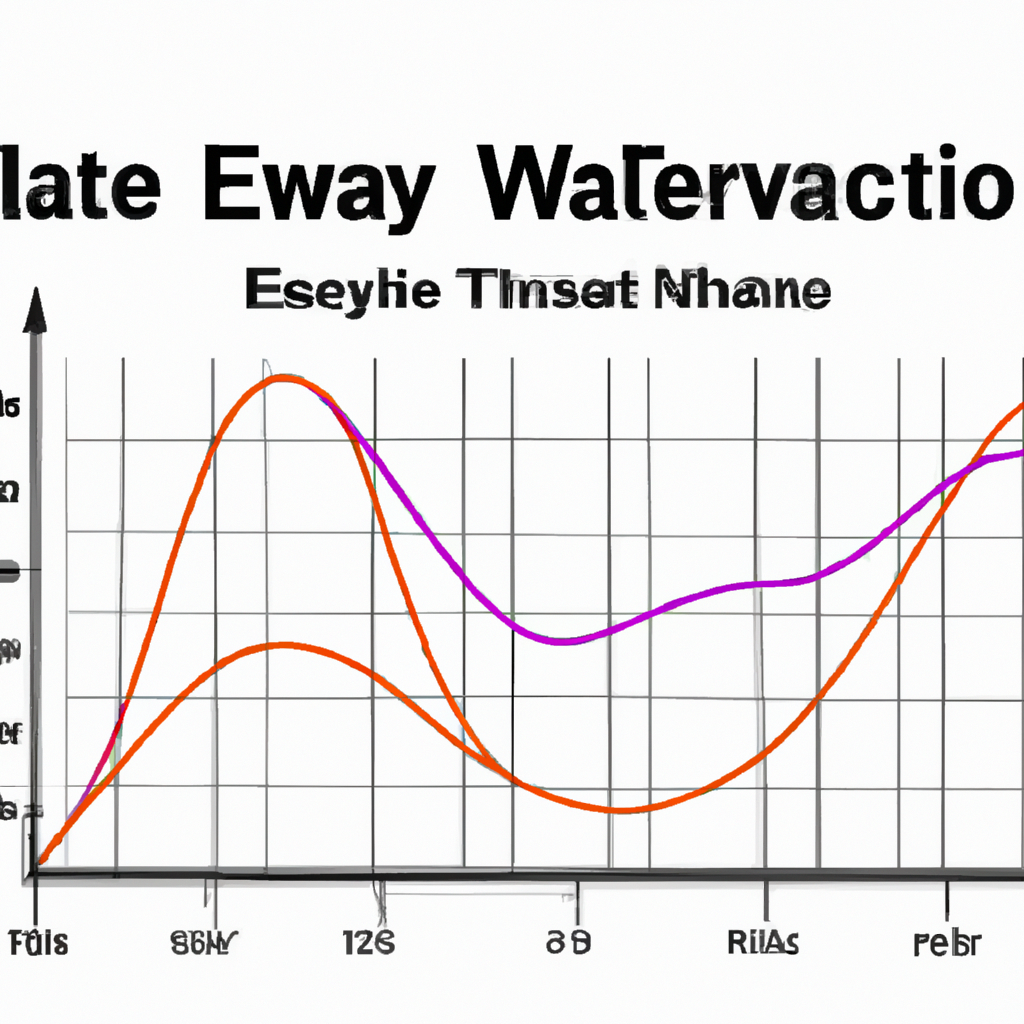
The Application of Elliott Wave Theory in Financial Markets
Introduction
The Elliott Wave Theory is a popular technical analysis tool used by traders and investors to predict future price movements in financial markets. Developed by Ralph Nelson Elliott in the 1930s, this theory is based on the idea that market prices move in repetitive patterns, which can be identified and used to make more informed trading decisions. In this article, we will explore the application of Elliott Wave Theory and how it can be used to analyze and forecast market trends.
Understanding the Elliott Wave Theory
The Elliott Wave Theory is based on the concept that markets move in waves, both in upward and downward directions. These waves are divided into two main categories: impulse waves and corrective waves.
Impulse Waves
Impulse waves are the main directional moves in a market trend. They consist of five sub-waves, labeled as 1, 2, 3, 4, and 5. Waves 1, 3, and 5 move in the direction of the overall trend, while waves 2 and 4 are corrective waves that move against the trend.
Corrective Waves
Corrective waves are counter-trend moves that occur between impulse waves. They consist of three sub-waves, labeled as A, B, and C. Wave A is a correction against the previous impulse wave, wave B is a partial retracement, and wave C is the final move that completes the correction.
Identifying Elliott Wave Patterns
Traders and analysts use various tools and techniques to identify Elliott Wave patterns in financial markets. These include trendlines, Fibonacci retracements, and wave counts. By analyzing price charts and applying these tools, traders can identify potential entry and exit points for their trades.
Application in Technical Analysis
Elliott Wave Theory is often used in conjunction with other technical analysis tools to confirm or validate potential market moves. For example, if an Elliott Wave analyst identifies a potential wave 3 (impulse wave) in an uptrend, they might look for additional confirmation through other indicators such as moving averages, volume analysis, or oscillators.
Forecasting Market Trends
One of the key advantages of Elliott Wave Theory is its ability to forecast future market trends. By analyzing the completed waves and current wave patterns, traders can make predictions about the potential direction and magnitude of future price moves. However, it is important to note that Elliott Wave analysis is not foolproof and should always be used in conjunction with other forms of analysis and risk management strategies.
Limitations and Challenges
While Elliott Wave Theory can be a powerful tool in the hands of experienced traders, it also has its limitations and challenges. One of the main challenges is the subjectivity involved in wave counting and pattern identification. Different analysts may interpret the same chart differently, leading to conflicting predictions. Additionally, market conditions can be unpredictable, and waves may not always unfold as expected.
Conclusion
The application of Elliott Wave Theory in financial markets provides traders and investors with a valuable tool for analyzing and forecasting market trends. By understanding the various wave patterns and using additional technical analysis tools, traders can gain insights into potential market moves and make more informed trading decisions. However, it is essential to remember that Elliott Wave analysis should be used in conjunction with other forms of analysis and risk management strategies to mitigate potential risks.





